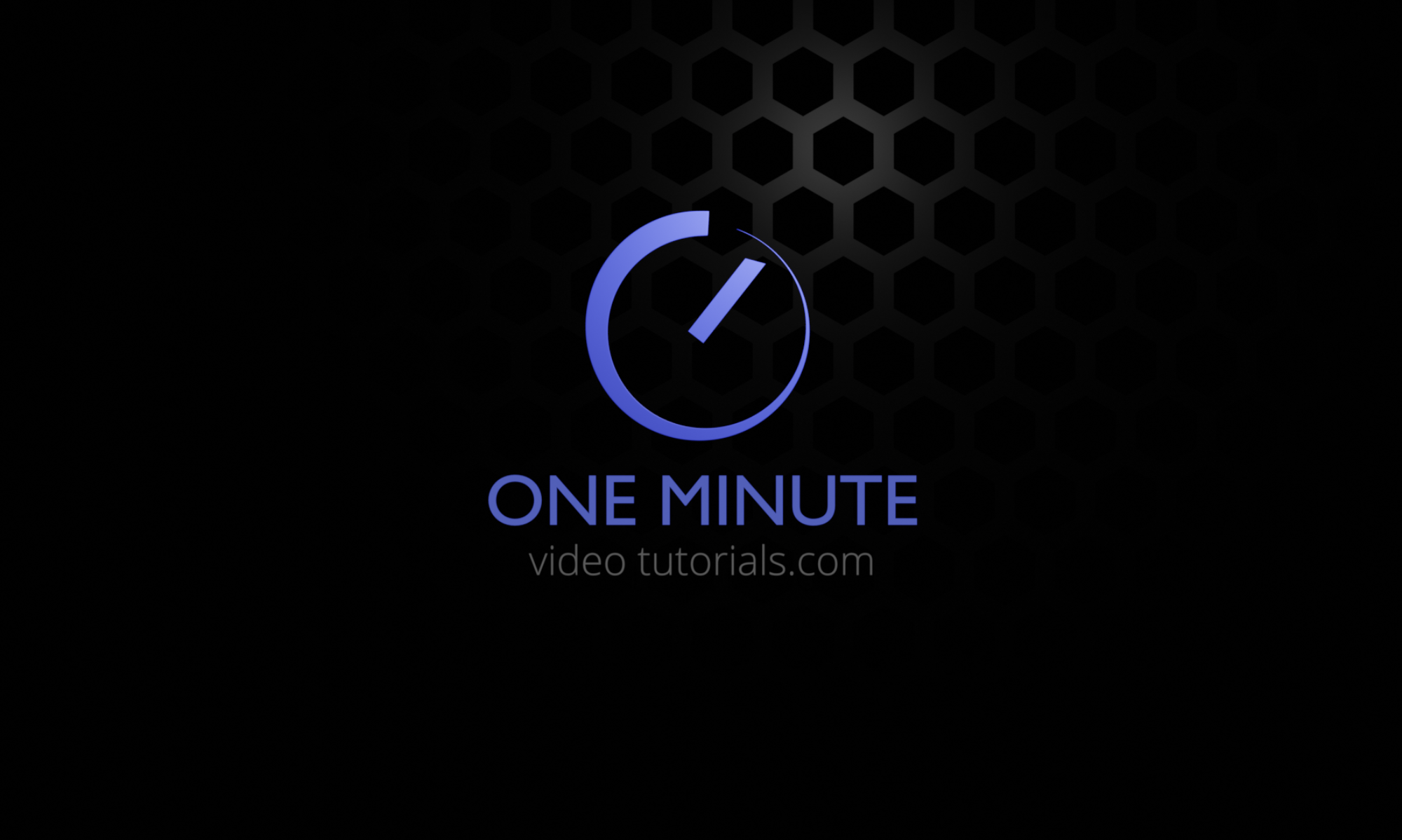In this one minute video tutorial we show you a few situations in which delta transforms might come in handy:
Written tutorial:
Delta transforms can be a useful tool in many situations. We’ll create a couple of examples by animating this toy train.
Let’s move our train around and create a few keyframes. From the top view everything looks nice. But if we make a test render, we can see that our train is actually floating above the floor.
There’s a couple of different ways to handle this problem. We could always jump to each keyframe, correct the position and overwrite the old keyframe with a new one. Or we could open up the graph editor and tweak the z location from there. But those solutions can be tedious, especially if you have a complex animation that has different movements in each axis.
This situation is a good example of in which delta transforms can be helpful. They are global transforms that are calculated on top of the regular transforms. That means we can change delta transforms independently, without affecting the animation curves we just created.
So let’s go over to the object settings and change the delta z-location, until our object is right above the floor.
As you can see, the original animation is still fully intact.
Another situation in which delta transforms are useful is when we want to duplicate an animated object, and have that duplicate use the same animation, but in a slightly different location.
Let’s duplicate our train and drag the duplicate to the side. The problem is that the keyframes make it snap right back to the same position with the original train. But let’s see what happens when we change the delta y-location value of the duplicate. We now have the trains separated while their animation stays intact.
Thanks for watching and see you next time on One Minute Video Tutorials.com!
